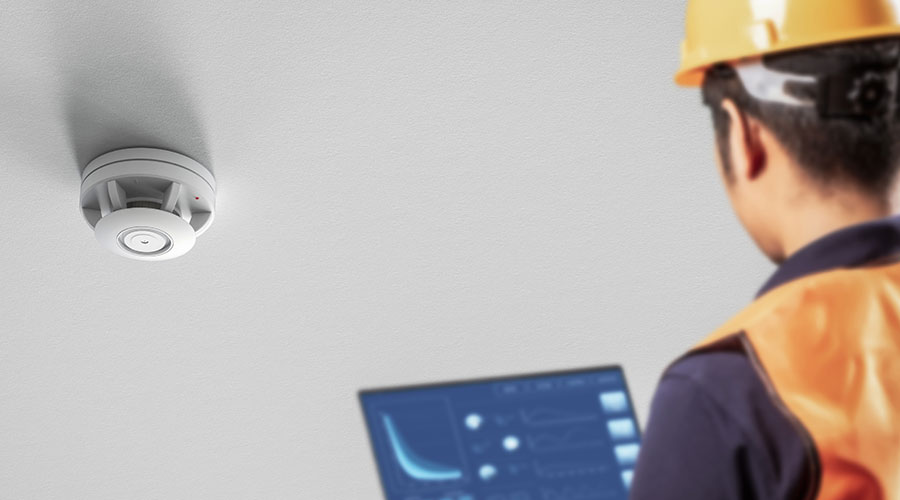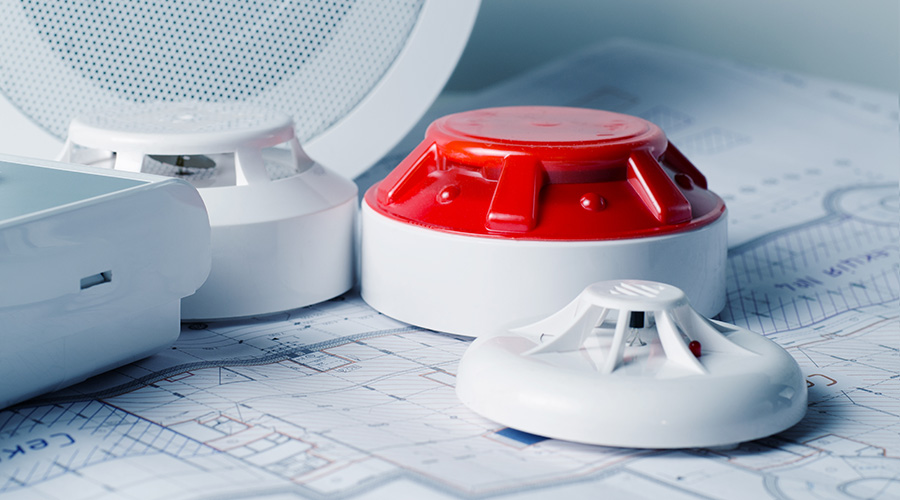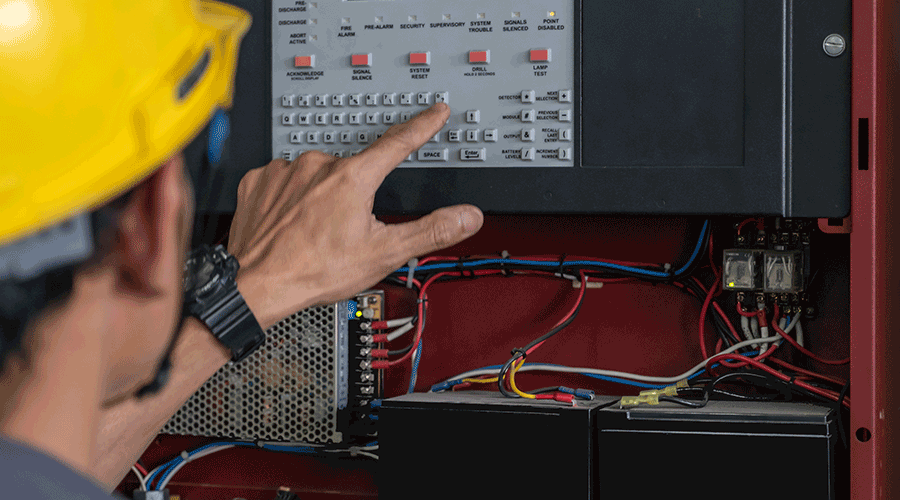Upgrading Notification Systems To Code Can Create Technical Challenges
Notification Upgrades
The provision for additional notification appliance circuits (NACs) and the associated notification appliances to meet current codes can be relatively simple, assuming that voice notification or mass notification will not be added. Notification expander panels can be added to power the new notification appliances, but there are complexities hidden in this approach.
Two factors complicate notification upgrades. One is that all visual notification appliances must comply with the strict performance requirements of the National Fire Alarm and Signaling Code (NFPA 72) and Underwriters Laboratories (UL) 1971, Standard for Signaling Devices for the Hearing Impaired. A second complication is that, in most cases, strobe operation must be synchronized. Legacy notification appliances rarely meet these requirements. The synchronization requirement means that when the visual notification appliances flash, they must all flash at the same time. There are numerous methods of addressing this including the installation of synchronization modules. However, synchronization across different brands of expander panels, FACUs, and appliances is often not feasible.
Providing voice evacuation or message dissemination can create numerous technical challenges. Stand-alone voice systems or complete fire alarm upgrades can simplify this requirement but these approaches can get involved. For one thing, it may be difficult to use conventional (non-addressable) fire alarm systems to activate notification expansion panels. What's more, trying to do that can result in a patchwork of new and old components that are difficult to maintain. Wherever practical, patching together expansions using varying brands and types of equipment is discouraged. Although this approach costs less upfront, long-term maintenance costs can be increased because troubleshooting is more difficult and there is a need to work with multiple contractors.
Technology Limitations
There are really two main types of legacy fire alarm systems to consider, each with its own inherent problems: conventional fire alarm systems and addressable or intelligent systems.
For most applications, conventional systems should be upgraded to state-of-the-art addressable or intelligent fire alarm systems. That's because older conventional fire alarm systems are time-consuming and expensive to troubleshoot. Because conventional systems are limited in the amount of information they can provide the technician, troubleshooting often becomes tedious and labor intensive. Additionally, wire-to-wire shorts typically report as a false alarm event and can cause mission or business continuity losses. In most cases, large conventional fire alarm systems are obsolete and parts are difficult to obtain.
The ability to maintain or expand any legacy system depends heavily on the level of existing documentation available. This information should include accurate as-built drawings and, ideally, relevant system calculations including circuit loading, device counts, and voltage-drop calculations. Without this information, expansion of a legacy system can be a coordination and design nightmare.
Here's one example of a problem. The circuits on a conventional fire alarm system that monitor non-intelligent initiating devices or dry contacts are the initiating device circuits (IDCs). Although IDCs typically monitor simple dry contacts, there is always some limitation on what can be added to existing IDCs. That limit can be a result of current draw (i.e., scenarios where the smoke detectors draw power from the respective circuit) or overall circuit resistance. Without thorough existing system documentation, ensuring adequate circuit capacity is difficult. It is also important to note that, even though there is no data communication taking place on conventional circuits, device compatibility is still required. Conventional devices should be tested for compatibility with the proposed system and the respective IDC expansion card.
Let's assume that as-built drawings are available, and all existing FACU circuits are at capacity. This now necessitates adding head-end equipment parts or panels to accommodate additional IDCs or signaling-line circuits (SLCs), the input circuits of an addressable system. It is becoming difficult to acquire conventional and legacy addressable expansion cards. Therefore, expanding or building off of these older systems will likely result in additional expenditures in the future.
Related Topics:













